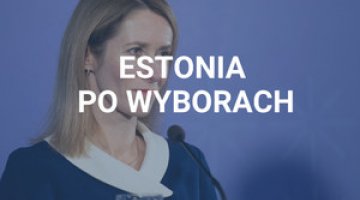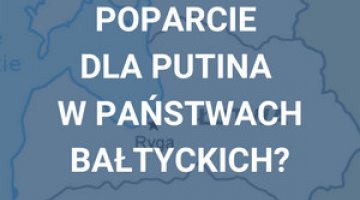The new government in Estonia
On 23 November the Estonian parliament swore in a new government consisting of the Centre Party, the Social Democratic Party and the conservative IRL (totalling 56 out of 101 seats). The Centre Party candidate Jüri Ratas was named Prime Minister, and each of the three parties took 5 ministerial posts. Ratas’s new cabinet will include three heads of government departments from the Russian minority: two from the Centre Party, and the Social Democratic leader Jevgeni Ossinovski, who has ministerial experience from the previous government of Prime Minister Taavi Rõivas. The new coalition partners have stressed their desire to continue the country’s current defence and foreign policy, based on the alliance with the countries of NATO, and Estonia’s activity in the EU (Estonia will take over the Presidency of the EU Council in the second half of 2017).
Commentary
- The new coalition’s clear announcement that it will maintain the country’s current foreign and defence policy priorities is aimed at dispelling the concerns expressed by Estonia’s partners relating to the return to coalition of the pro-Russian Centre Party, which is popular but had been isolated by the other parliamentary groups since 2007. Prime Minister Ratas has distanced himself from the policy and image of the pro-Russian and anti-NATO Edgar Savisaar, the longtime leader of the Centre Party. On 5 November Ratas succeeded him as chairman of the party, and this change opened up the way for the Centre Party to discuss the formation of a coalition with other parties.
- The fact that the new government contains nearly half of the ministers from the previous cabinet headed by Taavi Rõivas, of the pro-Western Reform Party, demonstrates its genuine desire to maintain the current policy. The Reform Party had led governments in Estonia for almost twelve years, and thanks to its policies, Estonia is unique in the region in having met the defence spending level of 2% of GDP required by NATO, and was the first Baltic country to adopt the euro. The continuation of the previous government’s policy has also been demonstrated by the fact that the Defence Ministry has been entrusted to the conservative, pro-Western and anti-Russian IRL party, led by Margus Tsahkna.
- The inclusion of Russians into the government exposes the members of the coalition to ideological disputes (on history, for example), but at the same time, this gesture will politically activate the Russian-speaking minority, and allow it to operate within the accepted political forces of the Centre Party and the Social Democratic Party. The inclusion of the Russians into the government is also intended to counteract the collapse of the Centre Party after Savisaar’s removal from its leadership. However, it cannot be ruled out that some Russian-speaking voters, disappointed by the new government’s political offer, could promote the emergence of a new Russian minority party in Estonia, like Latvia’s Harmony party, which Russia would find easier to exploit in influencing the Russian-speaking population.




